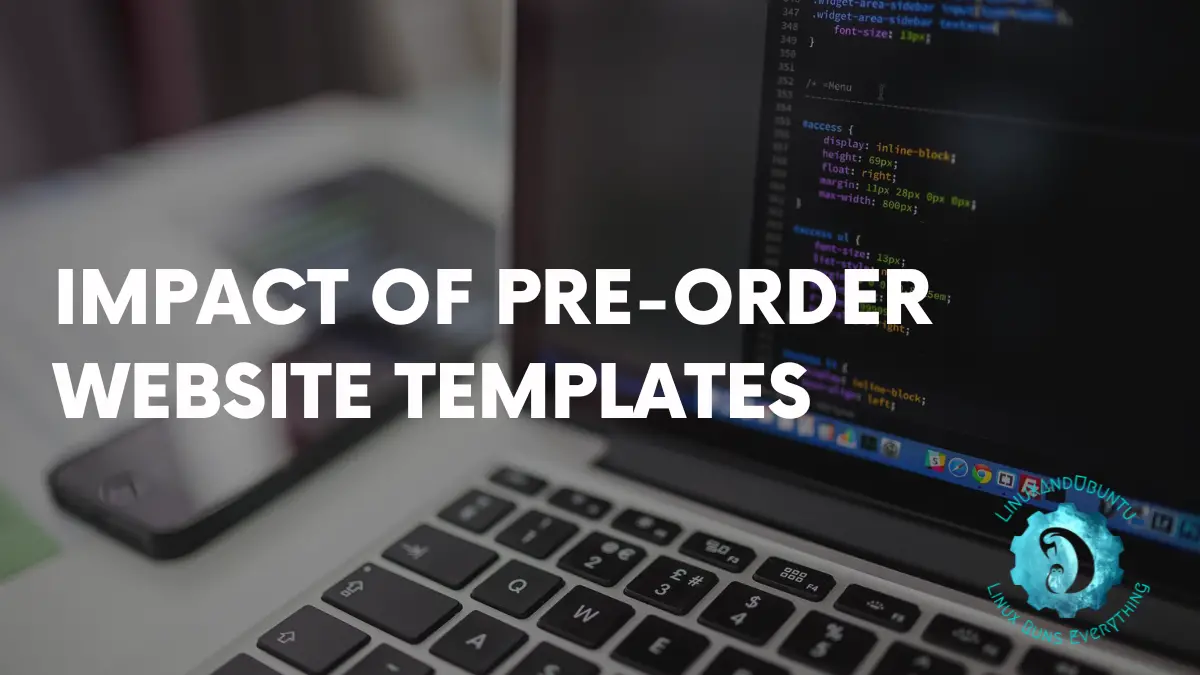Choosing the Best Hard Drive for Your MacBook Pro: Factors to Consider
Table of Contents
The MacBook Pro hard drive, or storage system, is a crucial component that significantly influences the device’s overall performance and user experience. There are two types of hard drives: traditional hard disk drives (HDDs) and solid-state drives (SSDs). The choice of these two types directly impacts factors like data access speed, system responsiveness, and overall computing efficiency.
How to Choose the Right Hard Drive for Your MacBook Pro
There are many factors to consider when choosing the right hard drive for your MacBook Pro to ensure optimal performance and compatibility. Here’s a guide to help you make an informed decision:
Storage capacity
- Evaluate your current and future storage needs. If you work with large files, such as high-resolution photos or videos, consider a higher-capacity drive (such as 1TB or more).
- Consider the balance between storage space and cost so you don’t overpay for capacity you won’t use.
Speed and performance
- SSDsoffer significant speed advantages over HDDs because they have no moving parts. Look for SSDs with fast read and write speeds, especially if you’re involved in tasks like video editing or graphic design.
- Lookfor features like non-volatile memory express (NVMe) support, which can further boost data transfer rates.
Compatibility
- Checkthe MacBook Pro model’s specifications, including supported storage types and maximum capacity.
- Make sure the hard drive you choose is compatible with your MacBook Pro’s operating system. Older systems may have limitations on the types of drives they can support.
Form factor and interface
- Check the drive’s physical dimensions to ensure it will fit in your MacBook Pro. Most laptops, including MacBooks, typically use the 2.5-inch form factor.
- Check interface compatibility. SATA is a standard interface, but newer models like NVMe may support faster interfaces. Make sure your MacBook Pro supports the interface you choose.
Durability and reliability
- Consider your usage patterns. If you travel a lot, an SSD may be more appropriate for its durability since it lacks the moving parts of a traditional hard drive.
- Research the manufacturer’s reputation for reliability and warranty support. Some SSDs come with features such as shock resistance to protect data from accidental drops.
Budget
Determine your budget constraints and explore hard drive options within that range. SSDs tend to be more expensive than HDDs, but the performance benefits, especially in speed, can justify the higher cost for many users.
Power Consumption
Consider the power consumption of the hard drive, especially if you’re looking to improve the battery life of your MacBook Pro. SSDs consume less power than hard drives, contributing to longer battery life.
Future expansion
Take into account how your storage needs may grow in the future. If possible, choose a hard drive that allows for easy upgrades through higher-capacity options or by making sure your MacBook Pro has accessible storage bays.
Are MacBook Pro Hard Drives in Demand?
The demand for MacBook Pro hard drives can vary depending on the specific model and specifications and overall market trends. However, there is typically a steady demand due to the popularity of Apple’s MacBook Pro lineup among professionals, students, and creative professionals.
Factors Influencing MacBook Pro Hard Drive Demand
Several factors contribute to the demand for MacBook Pro hard drives.
Performance requirements
As technology advances and software becomes more resource-intensive, users often demand higher-performance hard drives to keep their MacBook Pro running smoothly and efficiently. Faster hard drives contribute to faster data access and improved overall system performance.
Professional applications
Professionals in creative fields such as graphic design, video editing, and software development use MacBook Pro. These tasks require significant storage space for project files, rendering, and other data-intensive processes, increasing the need for robust hard drives.
Multitasking and workflow efficiency
Users who multitask or run resource-intensive applications simultaneously benefit from high-performance hard drives. This demand is amplified by professionals who rely on seamless workflow integration for productivity and efficiency.
Technology upgrades
With the introduction of new technologies such as faster data transfer protocols (e.g., Thunderbolt), users may want to upgrade their MacBook Pro hard drives to take advantage of these improvements. This desire for the latest technology can drive demand in the market.
Gaming and entertainment
While the MacBook Pro is not primarily a gaming device, the demand for high-capacity, high-speed hard drives is evident among users who engage in gaming and media consumption. Games and multimedia content often require significant storage space, driving hard drive choices.
Cloud integration
Despite the rise of cloud storage solutions, local storage remains critical for many users. Some professionals and consumers prefer the reliability and accessibility of local hard drives, driving demand for more extensive and faster options.
Conclusion
Choosing a hard drive for your MacBook Pro is a crucial decision that impacts both performance and longevity. By understanding the available types, considering compatibility, assessing storage needs, and prioritizing reliability, you can make an informed decision that enhances your MacBook Pro’s capabilities and ensures a seamless user experience.
LinuxAndUbuntu Newsletter
Join the newsletter to receive the latest updates in your inbox.



